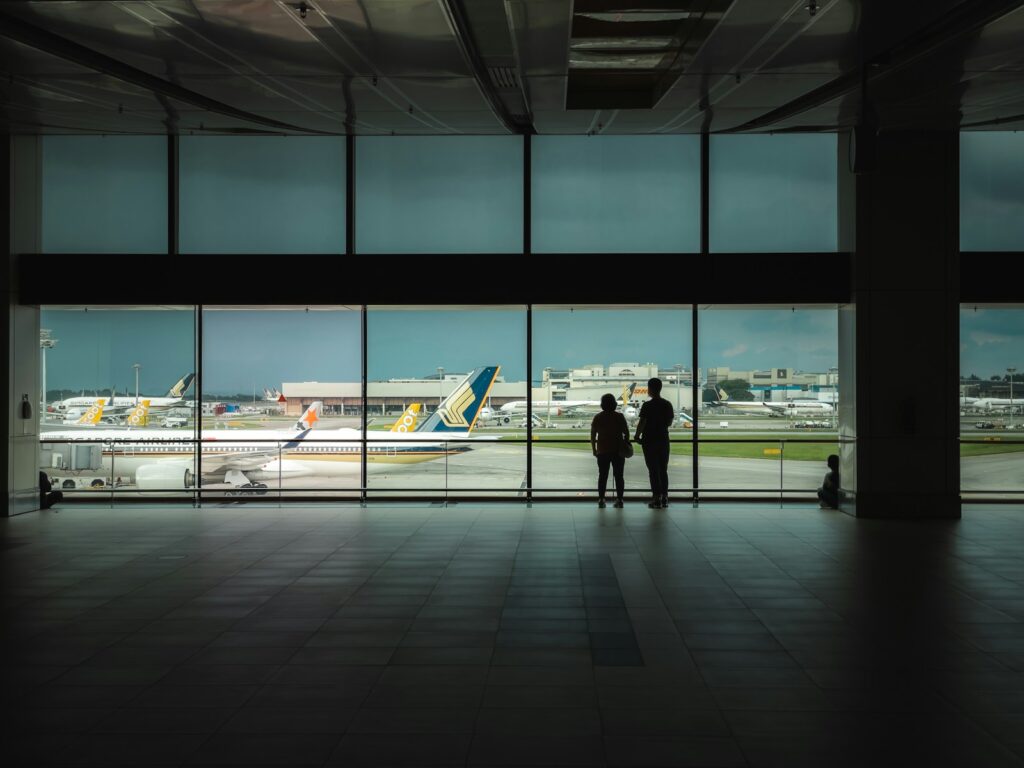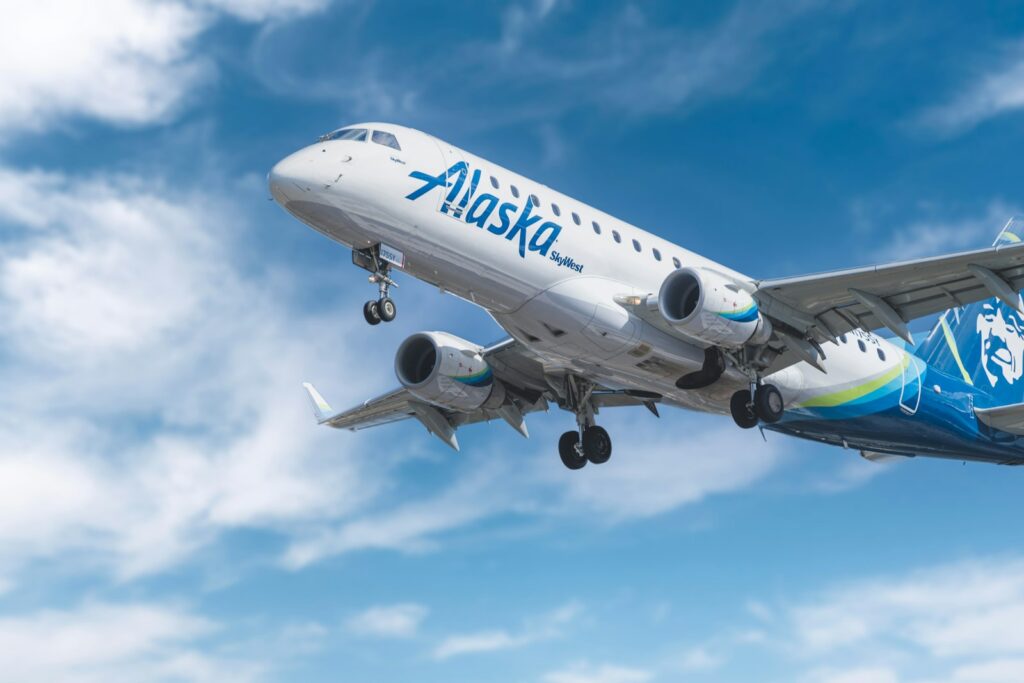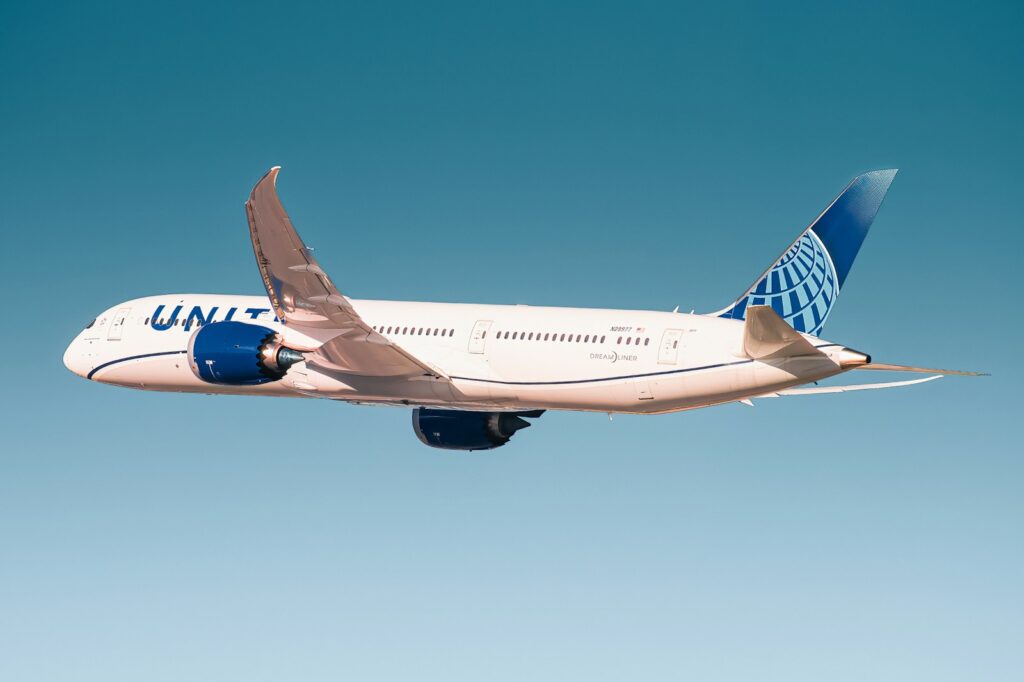
Major Ground Stop and Federal Response
United Airlines announced late Wednesday that it had resolved a “technology issue” that caused a widespread ground stop across major U.S. airports. The disruption led to hundreds of delays and dozens of cancellations before operations began to stabilize.
Earlier in the evening, the airline confirmed it was “holding United mainline flights at their departure airports” due to the system issue. This affected major hubs including Chicago O’Hare, Newark, Denver, Houston Bush Intercontinental, and San Francisco International, according to Federal Aviation Administration (FAA) advisories.
Transportation Secretary Sean Duffy stated on X that United CEO Scott Kirby had briefed him on the problem. He clarified the issue was “specific to United’s operations, and is unrelated to the broader air traffic control system.” The FAA also confirmed it had “offered full support to help address their flight backlog” and maintained close contact with the airline throughout the evening.
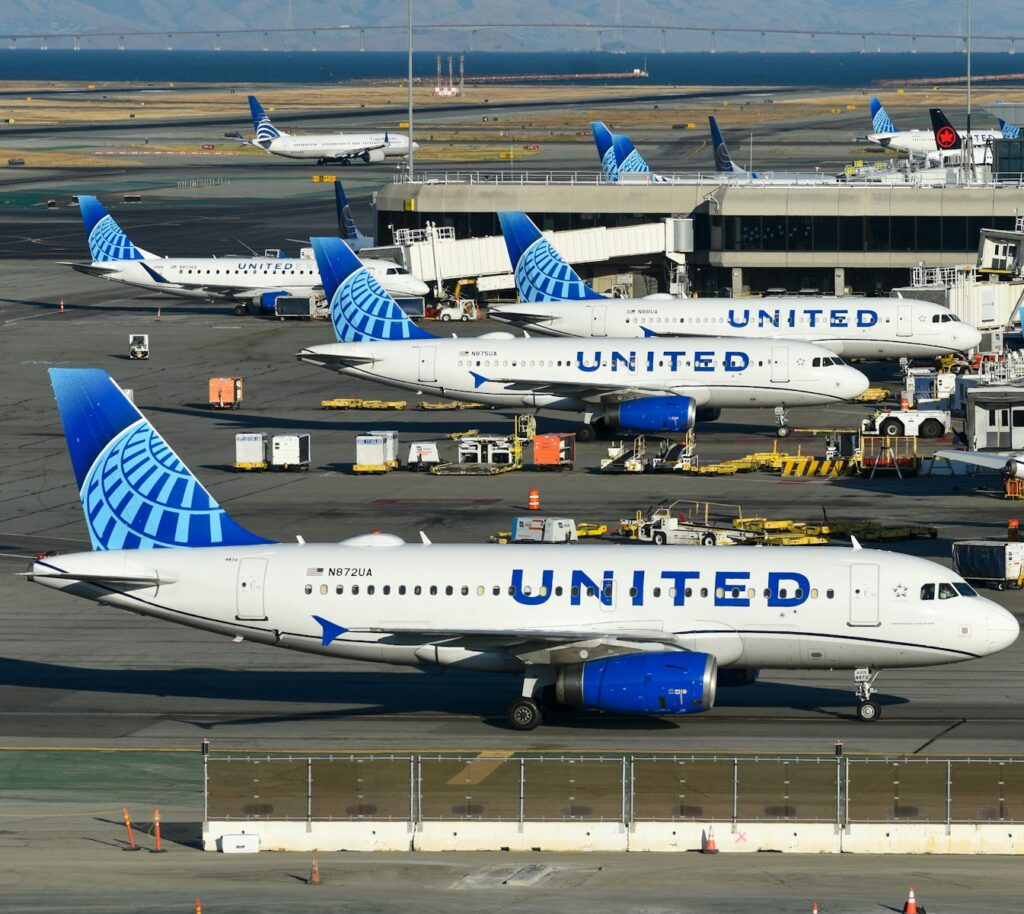
Scale of the Disruption
FlightAware data showed the scope of the problem. Nearly 1,100 United flights, about 35 percent of the airline’s schedule, were delayed Wednesday. In addition, 157 flights were canceled. The disruptions continued into Thursday, with 70 more cancellations and 79 delays.
The outage began at 6:12 p.m. ET and was resolved by 10 p.m. ET. United requested the first ground stops at 7:42 p.m., according to the FAA. Restrictions at San Francisco International were lifted at 9 p.m., while other hubs reopened later that evening.
United later explained the problem originated from Unimatic, a legacy system essential for storing flight information such as weight and balance data and flight tracking. The company emphasized, “This outage was not related to recent concerns about cybersecurity in the airline industry.”
Airline Response and Passenger Support
United confirmed on its website that the “technology issues that had been affecting flights” were resolved but noted ongoing delays as teams worked to normalize operations. The airline pledged to assist affected passengers and restore schedules as quickly as possible.
To reduce the impact on travelers, United announced it would treat the delays as “preventable ones,” meaning it would cover expenses such as hotel stays for affected customers. A travel waiver was also issued for passengers flying between August 7–10 through 14 major airports, including Denver, Chicago O’Hare, San Francisco, Washington Dulles, Los Angeles, Houston, and Newark. Travelers with tickets purchased on or before August 5 could rebook without change fees if they kept the same cabin and city pairs and completed travel by August 16.
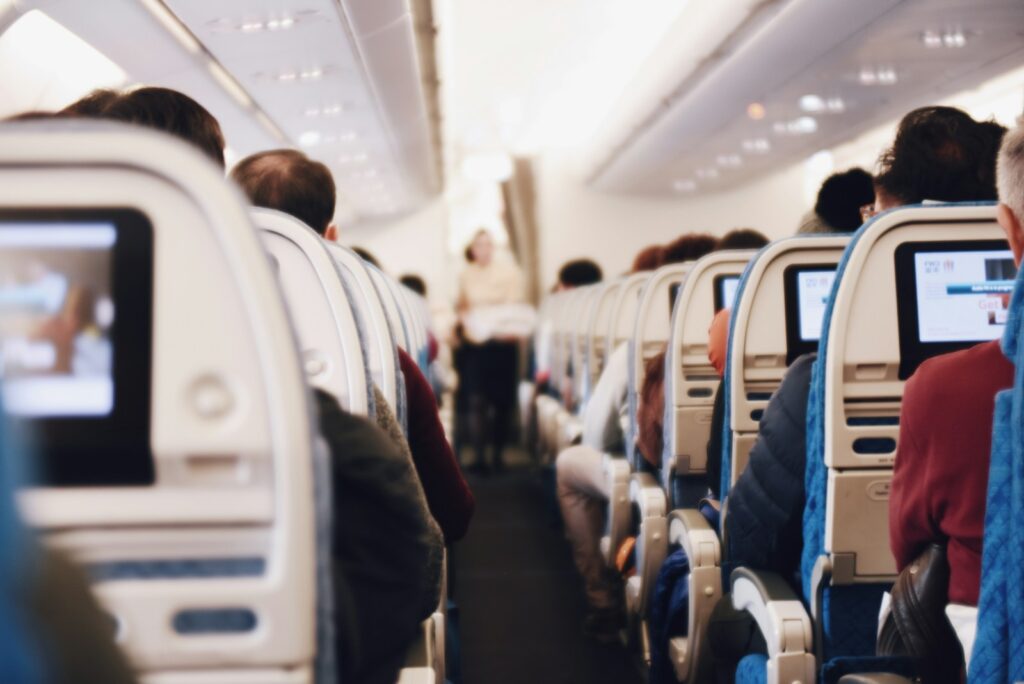
Passenger Experiences and Frustrations
Travelers expressed their frustrations on social media. An Associated Press journalist reported being asked to deplane in New Orleans after being told of a “systemwide” problem. Johan Kotze, flying from New Orleans to Mauritius, said the disruption would “derail his multi-leg journey,” adding, “It’s not very nice.”
At Newark Liberty International Airport, Joshua Rivera said he was “stuck on the tarmac at EWR for over an hour after landing early.” He described crying children on board and criticized the conflicting updates from United, noting, “nothing matches and it feels like we’re being misled.”
In Buenos Aires, a parent waiting to board a nine-hour flight to Houston with small children described the exhaustion of being stranded, writing on X: “Kids tired and we’re ready to take a 9 hours flight to Houston to then take a connection flight!” Other passengers in Denver and Newark also reported long delays, with one traveler commenting their departure was “4hrs late with no resolution in sight.”
Comparisons to Recent Incidents
The United outage occurred just two weeks after Alaska Airlines faced a similar problem that grounded its entire fleet for three hours. In that case, Alaska Airlines attributed the disruption to an IT outage that also extended to its subsidiary, Horizon Air.
United clarified that only its mainline flights were affected by the outage. Regional services such as United Express continued to operate, which helped limit the immediate scope of suspensions.
Recovery Efforts and Broader Implications
Despite the resolution of the core issue, residual delays continued into Thursday. The airline reiterated its commitment to safety and customer service, stating, “Safety is our top priority, and we’ll work with our customers to get them to their destinations.”
United told the Arizona Republic, “The underlying technology issue has been resolved, and, while we expect residual delays, our team is working to restore our normal operations.” Passengers were urged to monitor flight status updates and prepare for potential rebookings or gate changes.
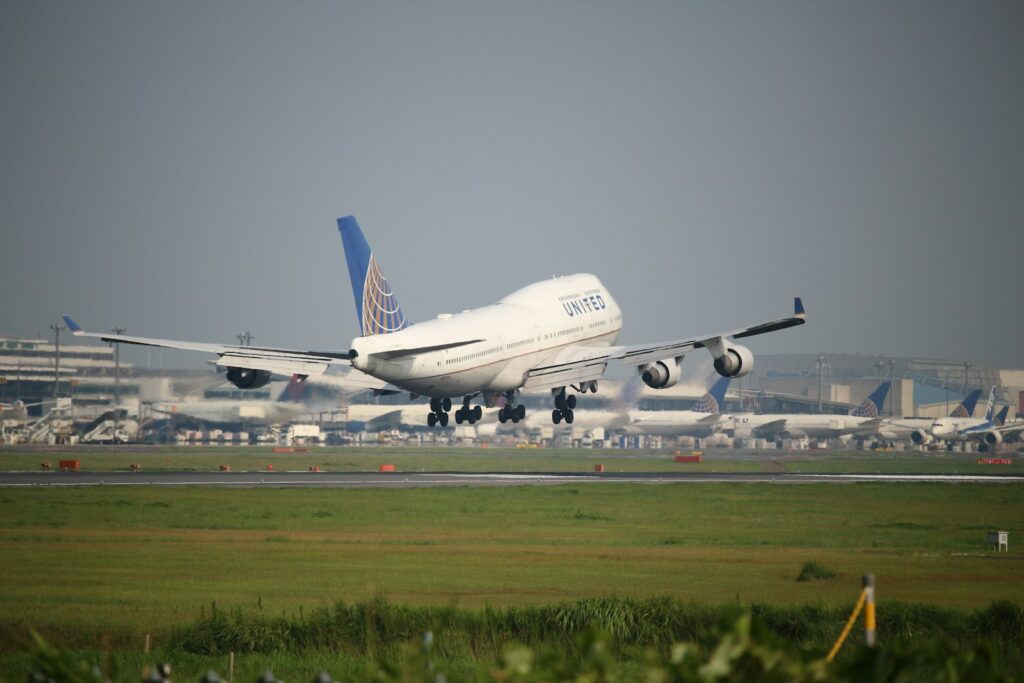
The incident highlighted the airline industry’s reliance on complex technological systems and the wide-reaching impact that even temporary outages can have on flight operations and passenger travel. United’s rapid response to address and resolve the problem, combined with its proactive customer support measures—including flight rescheduling, compensation for affected travelers, and dedicated assistance—remains central to its recovery efforts. As the airline works to fully restore normal operations, these actions will play a key role in minimizing further disruption, maintaining passenger trust, and reinforcing the importance of operational resilience in the face of unforeseen technological challenges.

